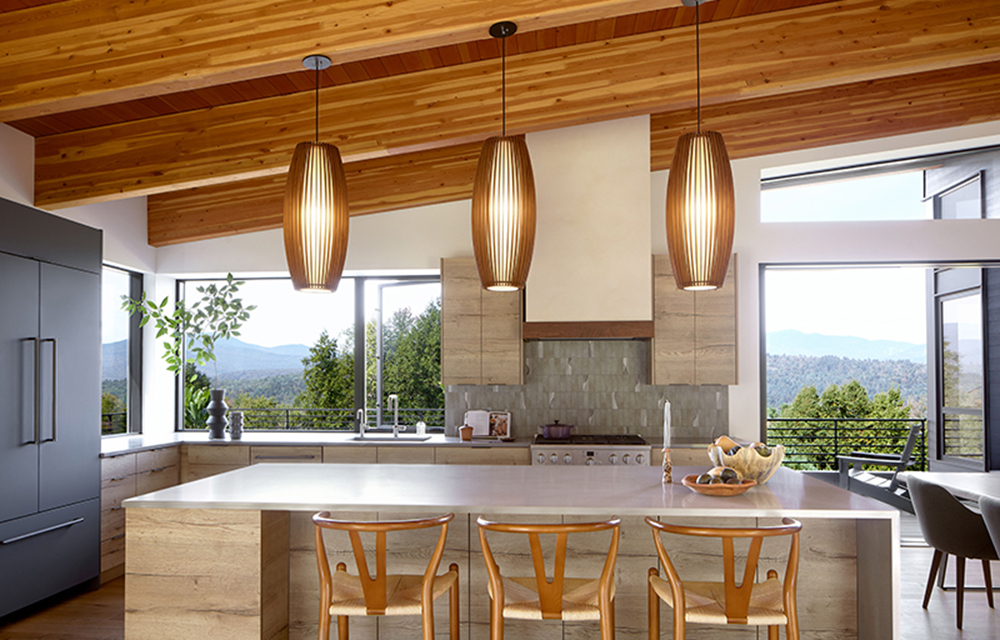Who needs fiber, anyway? How under-connected companies can still keep up with the joneses by Robert Bianco
If your company is located in a building that doesn’t have enterprise-grade connectivity from an underground fiber connection, you’ve been working at a major competitive disadvantage, pure and simple. In a world where so much of a company’s operations run on cloud-based applications–sales, customer service, production, fulfillment, you name it–a lack of enterprise connectivity has a very visible impact on every department’s ability to do its job. The situation is like a family overloading its Wi-Fi connection with too many devices streaming too many things–the result is that no one gets what they need, and everyone suffers. It may be annoying for a family, but for a company it fundamentally undermines its ability to be productive and profitable.
That imperative business need for true enterprise-grade connectivity is what is driving up lease rates for the best-connected buildings in the city. And conversely, it is what is inhibiting the marketability of less-connected buildings. Today, commercial real estate is only as valuable as the level of connectivity it can provide to technology-dependent, cloud-dependent companies. So what do you do if you are a tenant–or an owner/broker–of one of those less-connected buildings?
The reality is that large portions of the city are underserved by the kind of fiber connectivity that is the lifeblood of businesses today, so there’s a good chance that your building is under-connected. I used the term “broadband deserts” in a recent NYREJ column to describe these fiberless/fiber-scarce areas, which tend to become more common the farther you get from the business districts in Manhattan. In that column, I was referring primarily to entire neighborhoods that fit this description, but your building might be its own little broadband desert surrounded by more highly connected buildings. It’s very common in New York, especially for buildings that are located mid-block away from the main streets where fiber is buried.
In the past, being in an under-connected building not only meant having bandwidth issues from too many applications using too little connectivity; it also meant that many things on your company’s tech wishlist were simply impossible. For example: If your company is one of the thousands in the city with outdated phone systems from 10, 15 or 20 years ago, all you could do was daydream about the latest-and-greatest cloud-based Unified Communications solutions, because there was no realistic way to implement that without fiber. And thinking about upgrading your obsolete WAN (the underlying network that routes all data traffic in your office) would have been futile. All those new tools that competitors in better-connected buildings could use to outcompete you were simply not available to your company. With technology at the heart of nearly every business today, that is essentially operating with one arm tied behind your back…and both of your shoelaces tied together.
But this column isn’t all doom and gloom, as you can tell from the title. That was the past. Now there is a practical solution if you are an under-connected building owner or commercial tenant, and it opens the doors to all the cloud-based tools companies need to be competitive. If there isn’t fiber coming in under the street, no worries. You can now get that connectivity through the air with highly reliable and secure Fixed Wireless technology, which is beamed to a building through a dedicated connection via equipment typically located on the roof.
Fixed wireless by itself can transform buildings from broadband deserts to oases, but the real magic happens when companies upgrade from a WAN to an SD-WAN in conjunction with Fixed Wireless. SD-WANs are essentially networks with built-in brains that can make intelligent decisions about how to use all the available kinds of connectivity–including Fixed Wireless, fiber, cable broadband, etc.–in a way that gives any application you are using exactly the level of bandwidth it needs.
That means that everything on a company’s technology wish list suddenly becomes a practical reality rather than something that is out of reach due to the building’s lack of fiber. Enhanced customer care tools that can communicate with customers in multiple ways? Yes. Voice systems that integrate with a CRM system to boost sales productivity? Yes. Collaboration tools that are on par with what the largest businesses have? Yes again. Who needs that high-priced real estate when you can outcompete your peers by getting the connectivity you need in a different way? Adding Fixed Wireless to a building and implementing an SD-WAN make it possible keep up with and even surpass the more-connected Joneses.
Robert Bianco is a regional director for Windstream in New York, N.Y.
Over half of Long Island towns vote to exceed the tax cap - Here’s how owners can respond - by Brad and Sean Cronin


Properly serving a lien law Section 59 Demand - by Bret McCabe

The strategy of co-op busting in commercial real estate - by Robert Khodadadian

Oldies but goodies: The value of long-term ownership in rent-stabilized assets - by Shallini Mehra







.png)


.jpg)
.gif)